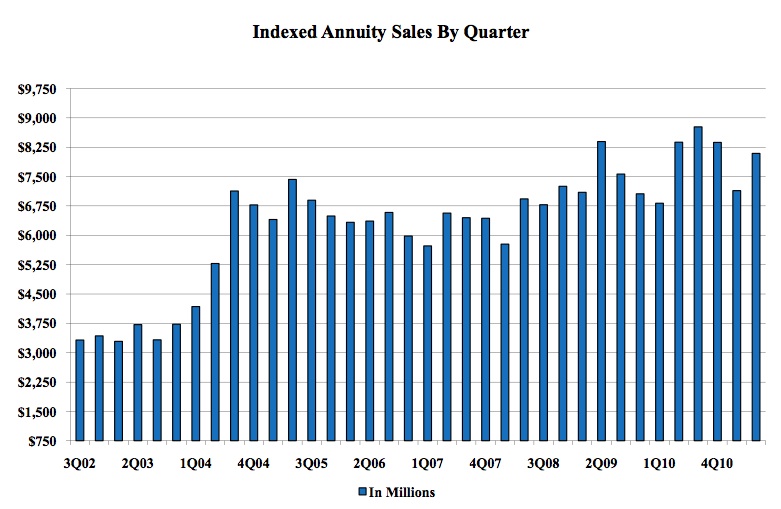
You’ve heard of Doctors Without Borders, the Nobel Prize-winning humanitarian organization that sends physician-volunteers into devastated countries where wars, natural disasters or epidemics have created public health catastrophes.
It may seem odd to imagine that a similar non-governmental organization [NGO] of pension consultants might exist—a kind of Actuaries Without Borders. But in a sense, such a group has already been started in the Netherlands.
The Pension & Development Network, as it is called, is a non-profit group that works with a coalition of firms in the Dutch pension industry. These firms are willing to send experts into developing countries in Asia and Latin America to help local microfinance organizations set up grass-roots “micropension” programs for the poor and “unbanked.”
Private-sector members of that coalition include insurers like Aegon Global Pensions and Interpolis, banks like De Nederlandsche Bank and FMO, consulting firms like Syntrus Achmea and SPF Beheer, as well as risk management specialists, administration providers and a variety of niche firms. They have no stake in the development projects they volunteer on.
Created in 2008 by WorldGranny, an Amsterdam-based NGO that addresses the needs of elderly women in poor countries, and funded with a grant of €200,000 from the Dutch Ministry of Foreign Affairs, P&D Network’s ambition is to help offer micropensions to a million people worldwide by 2015 and to educate a million more people about pensions by then.
RIJ recently spoke with a P&D Network program director, Boudewijn Sterk (below right), who has worked on micropension projects in India and Mongolia, and with Robert Timmer, a management consultant with the Amsterdam-based firm, Mastermind, who, with Aegon actuarial consultant Edo de Wit, visited Guatemala last March to consult on a micropension project there.
 In India, for instance, P&D has been involved in a project where an NGO, the DHAN Foundation, has been collecting small pension premiums, which are being invested in government bonds by the Life Insurance Corporation of India, a $300 billion government-owned insurer.
In India, for instance, P&D has been involved in a project where an NGO, the DHAN Foundation, has been collecting small pension premiums, which are being invested in government bonds by the Life Insurance Corporation of India, a $300 billion government-owned insurer.
“This project has been running for a year, and a lot of fine-tuning has been involved,” Sterk told RIJ. “A reinsurance mechanism needs to be set up, and we need to establish an investment agency or fund management agency run by the NGO and people from the insurance company so that the right financial choices are made.
“They’re buying government bonds but they hope to invest more broadly in the future. Right now in India there are five or six micropension provisions running, two of which are in Bangladesh, offered by Mohammed Yunus, the Nobel prizewinner, and the Grameen Bank. The concept of micropensions is rather new, but it’s finding its way through Asia.”
In June 2010, Sterk visited Mongolia, where the XacBank, a microfinance organization created in 1998 in Ulaan Baatar, has gotten interested in micropensions. “We did market research in Mongolia. There you have cattle, sheep or horse herders, and we estimated that they have enough income to save about $100 a month,” Sterk said, noting that a surprising number of nomadic herders use cellphones to communicate across the vast mineral-rich Asian prairies.
“Cell phone density is very high in emerging economies,” he said. “Even where you think people have no money to spare, most own a cell phone. Because of the huge distances to the nearest banking office, herders in Mongolia use mobile phones to do their transactions. Imagine a country the size of western Europe with only two or three million inhabitants scattered everywhere, where for five months in the winter, it’s minus 40 or 45 degrees.”
Communication and education are big challenges for the entire microfinance movement, as they are for sponsors of 401(k) plans in the U.S., and P&D Network members have encountered varying levels of financial sophistication. “It’s necessary to go out and explain to people what a micropension is and what it does and why it’s attractive,” Sterk told RIJ. “Financially speaking, they would look ahead one or two years at the most, so this is a whole new concept for them.”
Many people who live outside the formal economy are also disaffected. “Trust is one of the largest and most important issues, especially when you handle the savings of people who don’t have lot of money and a low level of trust in established financial institutions. Usually no one offers services to the low income population so they feel left out,” he added. International NGOs are often granted more trust than local government.
But Robert Timmer, an IT consultant with the small Amsterdam consulting firm, Mastermind, said that he was surprised at the sophistication of unbanked rural people when he spent a week in Guatemala (on Mastermind time) helping the local microfinance network, Redcamif, design a micropension program for self-employed shopkeepers and farmers.
“It was quite strange,” Timmer told RIJ. “When we talked to university people, they said what we were doing was a waste of time, that no poor people would participate in a micropension plan. But when we talked to the people themselves, we were amazed at how willing they were to save money within a structure that they’re part of.
“They already have a way of saving among themselves. The entire community puts aside something every month and everybody gets a certain amount once a year. And if someone has bad luck or breaks a leg, they receive more. They already have structures to eliminate risk and take care of each other.”
The design of each micropension plan will vary, depending on local conditions. According to Timmer, Guatemala might try a hybrid plan, with a defined lifetime benefit of 1% of income for each year of service and a DC plan with contributions of 2% of income. Getting answers to questions about who will guarantee the benefits of an annuity (especially in places with unreliable mortality tables) or manage the investments of private accounts is difficult at this point.
Given the tiny premiums, for-profit asset managers are unlikely to be as interested in micropensions as they were in, say, microloans. There’s mention of the Inter-American Development Bank and its Multilateral Investment Fund being involved. Administration of micropensions is likely to be relatively expensive until enough people participate to create economies of scale. Creating benefits for those already near retirement will be a challenge.
There’s no question that the need is large and growing, however. According to WorldGranny’s website, one in 14 people today is over age 65, and that ratio will rise to about one in six by 2050. By mid-century, 64% of the world’s elderly are expected to be living in developing countries. Americans may fret that Social Security won’t deliver on all of its promises, but hundreds of millions of people around the globe are reaching old age with no promises at all.
© 2011 RIJ Publishing LLC. All rights reserved.


 RIJ spoke with Walter (right) and one of his associates, Alexandra Orozco, at their offices in Guatemala City by Skype telephone earlier this summer. In September, Redcamif will begin its pilot micro-pension project, hoping to enroll 12,500 people in three years.
RIJ spoke with Walter (right) and one of his associates, Alexandra Orozco, at their offices in Guatemala City by Skype telephone earlier this summer. In September, Redcamif will begin its pilot micro-pension project, hoping to enroll 12,500 people in three years.



